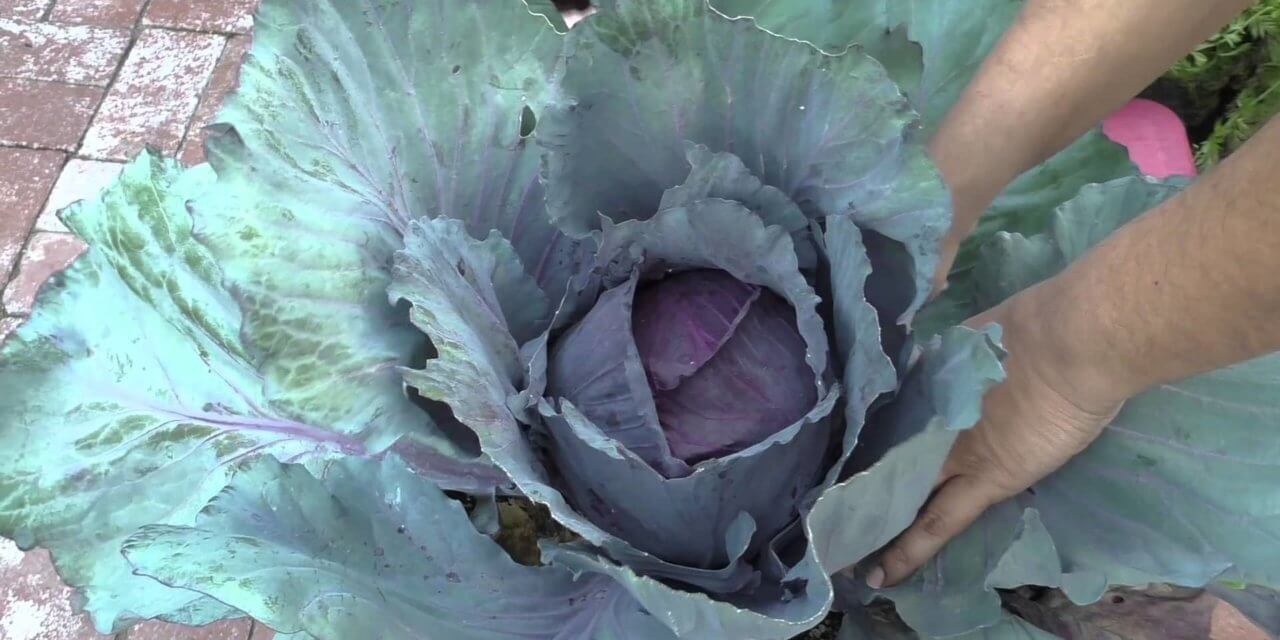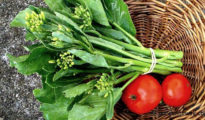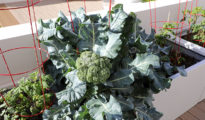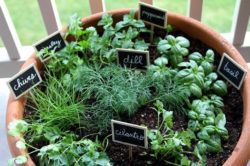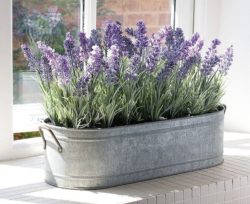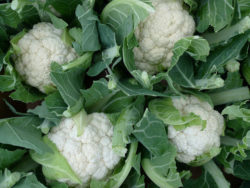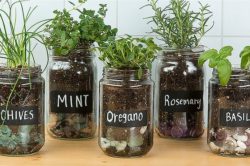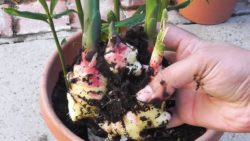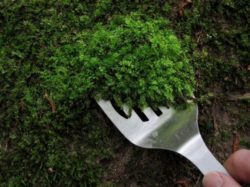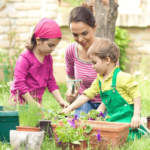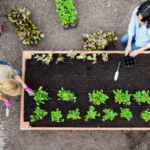Red cabbage is obviously very similar to the regular, green cabbage, but there are still some distinct differences that you may need to know about. Red cabbage contains 10 times more vitamin A than green cabbage does, and it also has twice the amount of iron. It stores better than green cabbage and is also a low maintenance vegetable you can plant. Today we'll show you how to grow red cabbage right in your garden so you can reap the benefits of this very healthy vegetable!
Growing red cabbage is not difficult at all – it prefers cooler temperatures and partial shade. This hardy leafy vegetable is susceptible to pests though, so make sure to always keep an eye on it. If planted correctly, you can actually get two crops in one year – one in the spring and another one in the fall.
How to Grow Red Cabbage in Your Garden

Growing red cabbage is very similar to growing green cabbage. You'll first need to start seeds indoors (optional), so you'll need a tray, some red cabbage seeds, and starting soil.
Place the tray in a sunny location such as a windowsill and make sure that the soil is always damp.
Planting Red Cabbage:
- Once seedlings have been established and they've grown 2-3 true leaves, it's time to transplant your red cabbage!
- Do this 2-3 weeks before the last expected frost date. If possible, transplant on a cloudy day so the seedling aren't exposed to intense sunlight.
- Choose a good spot in your garden – raised beds are ideal, but not necessary.
- An area with partial shade is best since red cabbage does love the sun, but cannot stand too much heat.
- You can also plant red cabbage directly into pots so you can move the pots around.
- Plant your red cabbage seedling into rich soil and scatter some organic material into the soil. Aged manure or compost will work well.
- Make sure that the soil is well draining as cabbage cannot tolerate wet soil.
- Plant 12-24 inches apart in rows. The closer you plant them, the smaller the cabbage heads.
- Before planting outdoors, be sure to harden off the plants for about a week.
- Add fertilizer once the plant has been stabilized.
- You can grow cabbage alongside cucumbers and beans.
- Since cabbage is closely related to broccoli and cauliflower, it's best not to plant them together as they are all heavy feeders and will compete for the nutrients.
- It's also best not to plant cabbage alongside strawberries and tomatoes.
Care:

- Keep in partial sun.
- Fertilize every few weeks.
- Water regularly.
- Keep free of weeds.
- Keep an eye out for pests.
Harvesting Red Cabbage:
- Red cabbage is ready for harvest once they are big enough and have that deep, purple color.
- Simply pull from the ground gently or use a sharp knife to cut at the bottom.
- It will take about 70 days from planting to harvest.
- To get two crops, cut the cabbage head off the plant and leave the outer leaves and root in the soil.
- This will encourage the plant to grow new heads. Pinch them off until only 3 or 4 smaller heads remain.
- After harvesting, be sure to remove entire root system to prevent soil borne diseases.
Red Cabbage Pests and Diseases:
- Imported cabbageworms – plant dill near your cabbage plants to protect them from imported cabbageworms. This will attract beneficial wasps that will kill the cabbageworms and other pests.
- Aphids
- Cabbage root maggots
- Flea beetles
- Cutworms
- Splitting
So now that you know how easy it is growing red cabbage, it's time to roll up your sleeves and get to planting!
Happy Planting!


